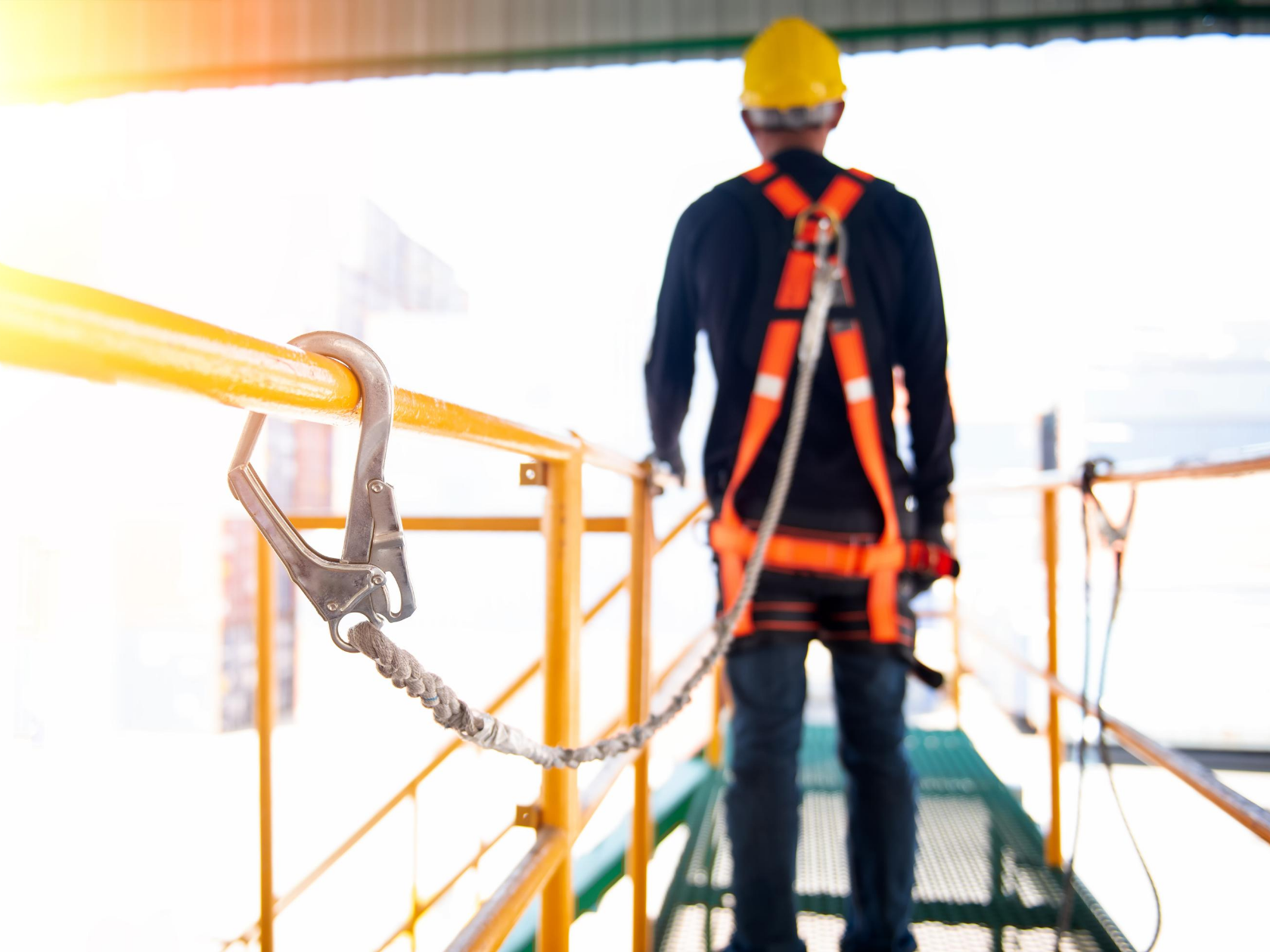An incident that resulted in injuries to a licensed asbestos removalist has prompted a warning from SafeWork SA, who explained that the worker was injured during asbestos removal work when he fell more than 4.5 metres through roof sheeting, striking a forklift and landing on a concrete floor.
The incident prompted a warning from SafeWork SA, with businesses reminded that they must consider and implement “reasonably practicable” control measures when working on or near roofing that could be fragile, and manage the risk of falls.
The investigation into the incident found that a third-party revised asbestos register identified the roof the worker fell from as damaged asbestos material. In addition, an elevated work platform or scissor life was available on the site, and while the worker was wearing a harness, he was not attached to an anchor point.
The business was also found to have relied on VET training on working at heights rather than providing adequate training and instruction by the PCBU. The business had multiple SWMS on-site, but they were not set out in a way that was considered understandable to workers. Critically, the emergency and rescue procedures had not been established and tested, and there was not adequate supervision provided to ensure lower-level controls were used to minimise a fall.
SafeWork SA acting executive director Glenn Farrell explained that the fragility of asbestos materials, particularly in roof sheeting, is well known among licenced asbestos removalists.
“In this incident, the company attempted to manage the risk of falls by allowing workers to use an inadequate fall arrest system alone which required workers to be highly trained and competent in its setup and use,” he said.
“When working on or near fragile material, there is a high risk of serious injury or death to workers if not adequately controlled.
“Businesses need to undertake an adequate risk assessment and implement higher order control measures or a combination of control measures, such as temporary work platforms (crawling boards) or where possible, use an elevating work platform or boom lift to avoid standing on the roof itself.”




